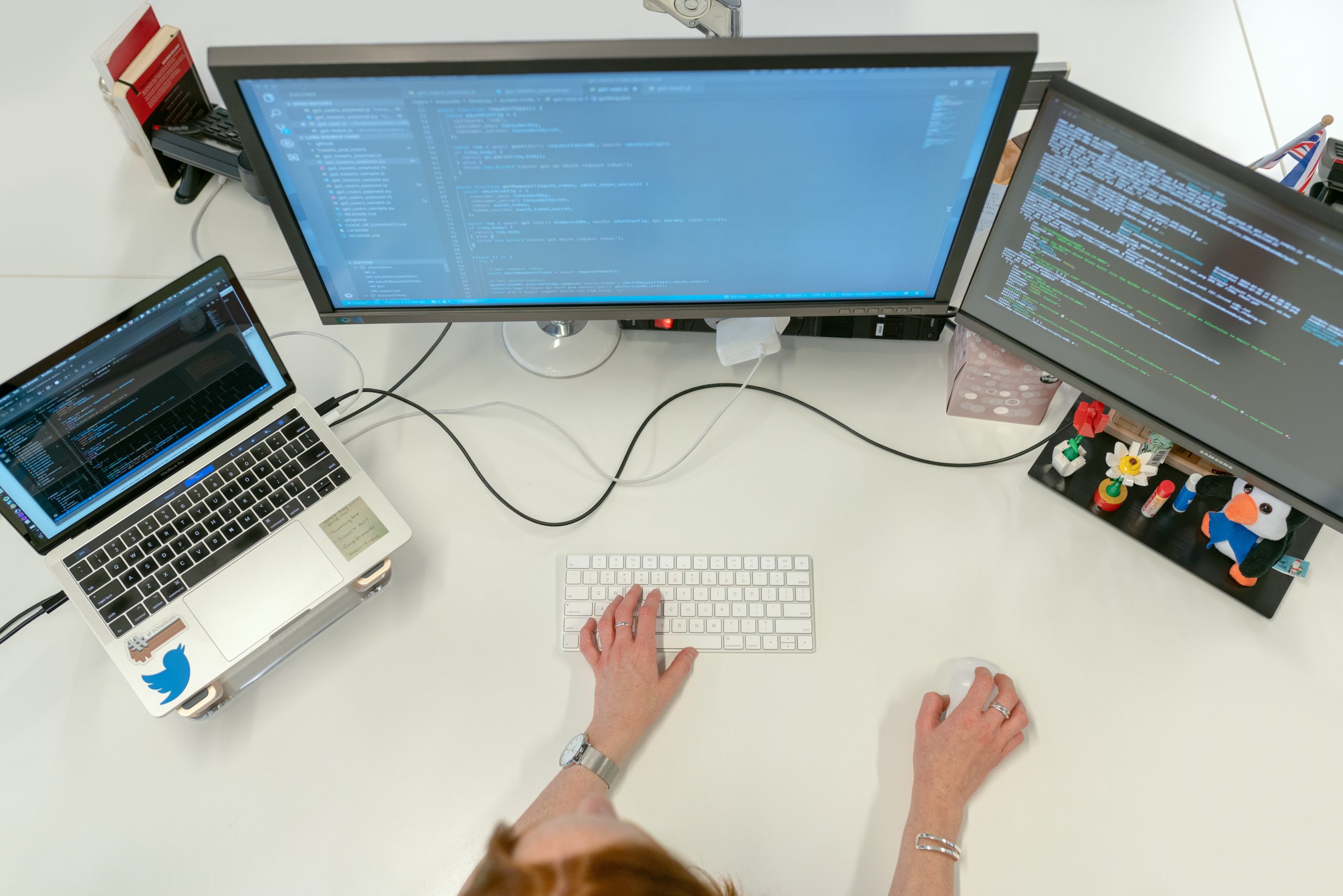Debugging is a crucial process in website development and maintenance, allowing developers to identify and resolve issues effectively. In WordPress, enabling and disabling debugging can provide valuable insights into the underlying causes of problems, making troubleshooting a breeze. In this comprehensive guide, we will explore how to enable and disable debugging in WordPress, providing step-by-step instructions and sharing essential tips for a smooth debugging experience.

Part 1: Understanding Debugging in WordPress
1.1 What is Debugging?
Debugging is the process of finding and fixing errors or issues in a website’s code. It involves analyzing code, tracking down problematic areas, and resolving them to ensure the website functions properly.
1.2 Why is Debugging Important in WordPress?
Debugging plays a vital role in maintaining a healthy WordPress website. It helps identify coding errors, compatibility issues, and conflicts between plugins or themes, resulting in improved performance, enhanced security, and a better user experience.
1.3 Types of Debugging in WordPress
There are two primary types of debugging in WordPress: frontend debugging and backend debugging. Frontend debugging involves identifying issues that users might encounter, such as broken layouts or JavaScript errors. Backend debugging focuses on uncovering errors that affect the website’s functionality, such as database connection problems or PHP errors.
Part 2: Enabling Debugging in WordPress
2.1 Enabling Debugging via the wp-config.php File
One way to enable debugging in WordPress is by modifying the wp-config.php file. Simply open the file and locate the line that says “/* That’s all, stop editing! Happy blogging. */”. Just above this line, insert the following code:
sqlCopy code
define(‘WP_DEBUG’, true);
define(‘WP_DEBUG_LOG’, true);
define(‘WP_DEBUG_DISPLAY’, false);
Save the changes, and WordPress will start generating debug logs and storing them in the wp-content/debug.log file.
2.2 Enabling Debugging via the Debugging Plugin
Another approach is to use a dedicated debugging plugin, such as the “Debug Bar” or “Query Monitor.” These plugins provide a user-friendly interface to enable debugging and offer additional features like monitoring database queries, HTTP requests, and PHP errors.

Part 3: Using Debugging Tools in WordPress
3.1 The Debugging Log
When debugging is enabled, WordPress generates a log file that records errors, warnings, and notices. You can access this log file through the wp-content/debug.log path. It provides valuable information about the encountered issues, helping developers pinpoint and fix the problems efficiently.
3.2 The WP_DEBUG Constant
The WP_DEBUG constant is a core WordPress feature that activates debugging mode. By setting it to “true” in the wp-config.php file, you enable debugging. It displays PHP errors and warnings on the website, aiding in the identification of issues.
3.3 WP_DEBUG_LOG and WP_DEBUG_DISPLAY
The WP_DEBUG_LOG constant directs WordPress to write debug information to the debug.log file. On the other hand, WP_DEBUG_DISPLAY controls whether the PHP errors and warnings are displayed on the website or not. It’s advisable to set WP_DEBUG_DISPLAY to “false” on live websites to prevent sensitive information from being exposed.
3.4 The WP_DEBUG_LOG File
The WP_DEBUG_LOG file, located in the wp-content directory, contains a detailed log of PHP errors, warnings, and notices. Developers can refer to this file to examine the debugging information and gain insights into the website’s issues.
3.5 WP_DEBUG_DISPLAY
WP_DEBUG_DISPLAY determines whether the PHP errors and warnings are displayed on the website or not. By setting it to “false,” you prevent the errors from being shown to visitors, maintaining a professional appearance while still capturing the necessary debugging information.
Part 4: Understanding Debugging Constants and Settings
4.1 WP_DEBUG
The WP_DEBUG constant is the primary debugging constant in WordPress. Setting it to “true” activates the debugging mode, enabling the display of PHP errors, warnings, and notices.
4.2 WP_DEBUG_LOG
WP_DEBUG_LOG, when set to “true,” directs WordPress to write the debugging information to the debug.log file, aiding in troubleshooting and analysis.
4.3 WP_DEBUG_DISPLAY
WP_DEBUG_DISPLAY controls whether PHP errors and warnings are displayed on the website. Setting it to “false” hides the errors from visitors while still capturing them in the debug.log file.
4.4 SCRIPT_DEBUG
SCRIPT_DEBUG is another debugging constant that determines whether to use the unminified versions of JavaScript and CSS files. Enabling SCRIPT_DEBUG helps identify JavaScript-related issues by utilizing unminified code for better debugging.
Part 5: Troubleshooting with Debugging Enabled
5.1 Common Debugging Scenarios
Debugging can help address various common scenarios, such as plugin conflicts, theme compatibility issues, and PHP errors. By analyzing the debugging information, developers can identify the root causes of these issues and take appropriate action.
5.2 Interpreting Debugging Output
Understanding how to interpret the debugging output is essential for effective troubleshooting. Reading the debug.log file and identifying the error messages or warnings can provide valuable insights into the specific areas that require attention.
5.3 Debugging Best Practices
To make the most of debugging in WordPress, it is essential to follow some best practices. This includes enabling debugging only in development or staging environments, disabling it on live websites, and regularly monitoring the debug logs for any new errors or warnings.

Part 6: Disabling Debugging in WordPress
6.1 Disabling Debugging via the wp-config.php File
To disable debugging, simply modify the wp-config.php file again and set the WP_DEBUG constant to “false”. Save the changes, and the debugging mode will be deactivated.
6.2 Disabling Debugging via the Debugging Plugin
If you used a debugging plugin to enable debugging, disabling it is as simple as deactivating or uninstalling the plugin from the WordPress dashboard.
Part 7: Debugging Tips and Best Practices
7.1 Keep Debugging Enabled on Staging Sites
Maintaining debugging mode on staging sites allows you to catch and fix issues before deploying changes to your live website. It ensures that your production environment remains error-free.
7.2 Limit Debugging to Authorized Users
To protect sensitive information and maintain security, limit access to the debug logs and ensure that only authorized users can view them. This prevents the potential exploitation of debugging information by unauthorized individuals.
7.3 Regularly Monitor Debugging Logs
Make it a habit to check the debug logs periodically to stay updated on any new errors or warnings that may arise. By addressing these issues promptly, you can keep your website running smoothly and efficiently.
7.4 Stay Updated with WordPress Core and Plugins
Keeping your WordPress core and plugins up to date is essential for maintaining a secure and error-free website. Regular updates often include bug fixes and security patches that can prevent potential issues from occurring.
Enabling and disabling debugging in WordPress is a powerful technique that empowers developers to identify and resolve issues efficiently. By understanding the various methods to enable debugging, utilizing the available debugging tools, and familiarizing oneself with the debugging constants and settings, developers can effectively troubleshoot and streamline their development process. However, it’s important to exercise caution when enabling debugging on live websites and follow best practices to ensure security and privacy. With this comprehensive guide, you now have the knowledge and tools to confidently debug your WordPress website, enhancing its performance and functionality.
